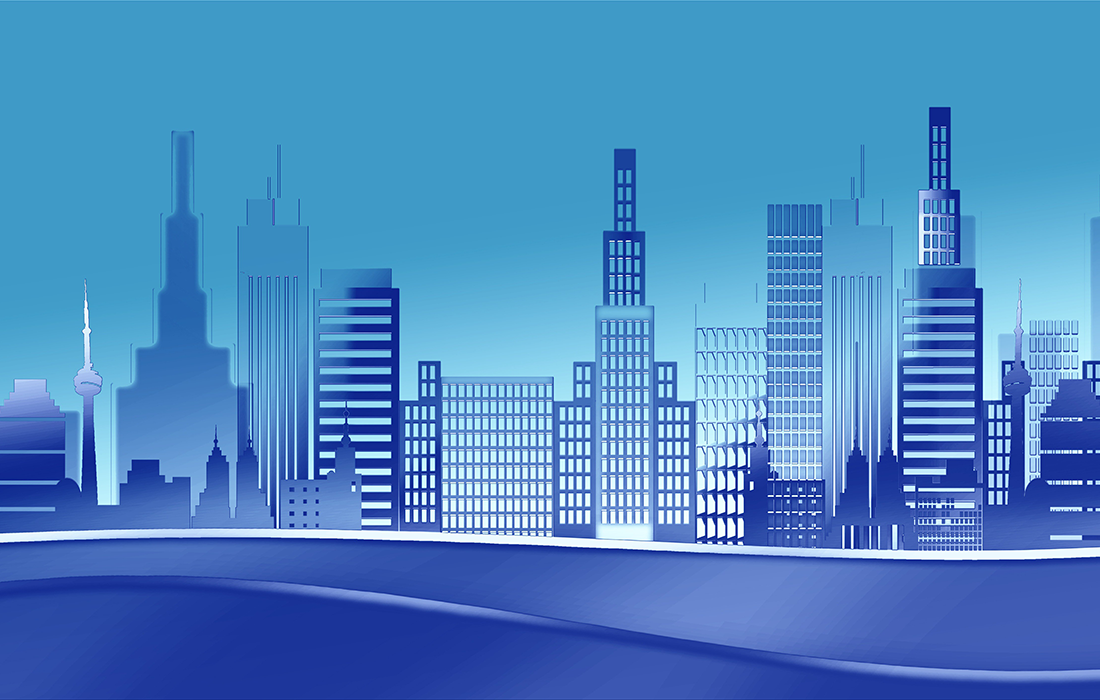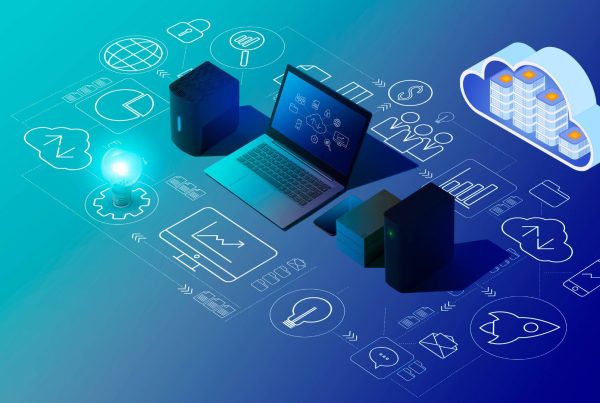Introduction
Most people today are familiar with the concept of objects becoming “smart”. This term is related to the Internet of Things. The objects are given the ability to connect in some way to the Internet, thus making it “smart”. This development can range from your car, your watch, to things in your home[1]. In this article, we will talk about “Smart Homes”. The following topics will be addressed: what are Smart Homes, applications of Smart Homes and the future of Smart Homes.
What are Smart Homes?
In this article, we will use the following definition of a smart home: “A convenient home setup where appliances and devices can be automatically controlled remotely from anywhere in the world using a mobile or other networked device. A smart home has its devices interconnected through the Internet, which control functions such as security access to the home, temperature, lighting, and home theater”. A smart home is also known as a Home Automation or Smart Building[2]. In short, this means that the technology in your house enables you to control your house remotely.
A smart home consists of multiple smart applications. These applications are, in most cases, connected with each other and can be accessed through a central point. Examples of central points are laptops, tablets, smartphones or other smart devices2. The smart applications can be used to execute various tasks in your house. For instance, smart applications can control the temperature of your home, switch appliances on or off, control lighting or program other smart devices such as a smart BBQ grill[3]. Smart Home appliances also have the possibility to include self-learning skills. With these appliances homeowners could be warned if any motion is detected in their homes while they’re away or the Smart Home appliance can call the fire department in case of a house fire. These examples are just some of the many tasks that can be performed by Smart Home technology2. In the next section, we will elaborate on some of the examples given above.
Applications of Smart Home technology
Most of the applications of Smart Home technology can be divided into the following categories: kitchen, bathroom, increasing comfort, security, lightning and sanitary. We will incorporate these categories in the following futuristic example.
Imagine in the future waking up in your Smart Home, your home will automatically detect that you’ve woken up and start with the preprogrammed morning routine. The water of your shower is already at a comfortable temperature, so you can immediately jump in. After your shower, you can take your outfit for the day, which you’ve put together earlier in the week from your smart dresser. When you go downstairs your coffee will be set and already poured in a cup that comes from your smart coffee machine. Additionally, your toast will already be crisp and ready to consume. After you’ve finished your breakfast, the smart fridge will detect whether some goods are missing after breakfast and will put those on your shopping list. Your home will automatically detect when you leave your house and will lock the doors, engage the security system and turn off the lights. During the day, you can remotely control your Smart Home and check in on your pets via webcams whenever needed. When leaving your work your smart kitchen can already begin preparing your pre-selected dinner, which will be finished by the time you get home. This is an example of the capabilities Smart Homes can provide for their users in the future.
In the next section, we will explain how Smart Homes can support the continuously aging population by helping the elderly live more independently in their own homes. This means elderly people can stay longer in their own houses and do not need to be moved to a retirement home. This is one of the many possible applications of Smart Homes in the future. The following parts of this article will focus on Smart Homes for the elderly.
The future of Smart Homes
In the past couple of years there have been many developments within the domain of Smart Homes that focus on healthcare. One of the future perspectives on Smart Homes mentioned in an article by Chan et al. 2009 is that Smart Homes become a part of a home-based health care network[4]. Home health care services are traditionally designed to transfer data of a patient to hospitals. This service shows data about the patients’ health. You can think of things like blood pressure, body temperature or heart/pulse rate. This data can be used by the hospital to create personalized data to warn the family or safety providers in case of adverse events. Smart Homes could become a part of the home healthcare system in the future4. The authors mention in the article that the functions of this integrated system consist of the following:
- Hospital-based health professionals giving teleconsultations and virtual visits.
- Devices capable of integrated analysis providing support for making decisions and diagnoses, improving access to health care services and optimizing resource utilization for high-risk patients.
- Hospital-based management only for acute illness or investigations, which cannot be undertaken at home.
- Patients with the help of health professionals receiving care at home (postoperative, chemotherapy, asthma, chronic obstructive pulmonary disease, diabetes, etc.).
These are just some examples of the many possibilities an integrated system could provide.
The article is written in 2009 and since then home automation for the elderly is being implemented in more and more homes of older adults and people with disabilities to maintain their independence and safety. The Smart Homes provides elderly with the possibility of staying independent and it makes them feel more comfortable in their own homes. Now, there are many different types of assistance systems that focus on supporting these people. Some examples are: security features, fall prevention and alerts[5].
In the next section, we will shortly address the challenges concerning Smart Homes.
Challenges
One of the biggest problems with Smart Homes supporting the elderly, is making them user friendly. It is often difficult for them to operate electronic devices and since these devices are important for their health and wellbeing they need to be able to operate them5. The second problem is the cost of these systems. It would be very expensive to install the systems in every home[6]. These examples of challenges need to be addressed, among many others, during further development of Smart Homes. Another problem is the privacy issues in the world of Internet of Things. If you like to know more about privacy protection in the world of Internet of Things. I would advise you to read the article “Privacybescherming in de wereld van Internet of Things (Dutch)” written by Ivo Hulman.
[1] (Tucker, 2017)
[2] (Investopedia, 2017)
[3] (Rouse, 2017)
[4] (Chan , Campo, Esteve, & Fourniols, 2009)
[5] (Wiki, 2017)
[6] (Chan, Esteve, Escriba, & Campo, 2006)



